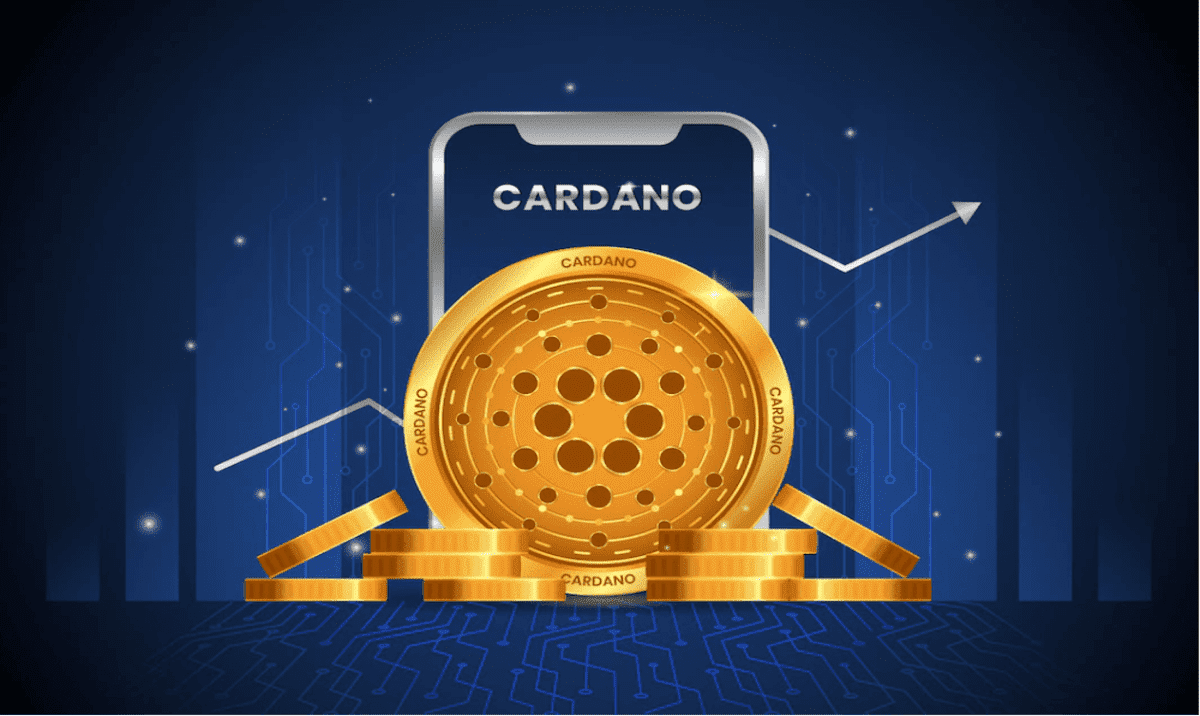
Coinposters
A Dive Into Cardano’s Vasil Hard Fork

The much-anticipated Vasil update for Cardano was eventually made available to users on September 22. This came after a number of difficulties and more delays.
From the outside looking in, the hard fork is intended to assist increase the scalability of the ecosystem as well as the general transaction throughput capacity, as well as advance Cardano’s capacity for the creation of decentralized apps (DApps).
The Vasil Upgrade marks the beginning of a new age not just for the Cardano ecosystem. But also for the decentralized financial field as a whole. The update will hopefully strengthen Cardano’s capabilities in terms of smart contracts and make the network more scalable.
WHAT THIS MEANS FOR THE INDUSTRY AS A WHOLE
It is important to have a firm grasp on the concept of a “hard fork” before delving into an analysis of the advantages that the Vasil hard fork offers in the functional and operational realms. A hard fork, in its most fundamental definition, is a network update that is put into action when individuals responsible for the governance of a blockchain platform decide to enhance or improve specific characteristics of the ecosystem.
In other words, when a hard fork occurs, the network separates into two versions that operate independently, with one version adhering to the features and rules that were previously in place while the other version continues to function as an updated version of the network.
This update will improve the transaction throughput, efficiency, and block delay speeds of the Cardano ecosystem. It was given the name Vasil St. Dabov in honor of a significant member of the Cardano community. He died away in 2021.
In addition, the hard fork will result in the introduction of a strategy known as diffusion pipelining. This strategy aims to enhance the amount of time it takes for blocks to be propagated. While also boosting the number of transactions that can be processed by the network.
Digging Deeper
Although the beginning of the first wave of the hard fork occurred on September 22. The remaining improvements are scheduled to become active on September 27. At this point, the second phase of the hard fork will aim to redefine Plutus’ cost model. This has a direct influence on the processing power and memory costs necessary to manage Cardano’s native smart contracts.
However, due to a number of unexpected obstacles, the launch of Vasil was delayed until later this year. Even though the update has been made life, the ecosystem is still reeling from the effects that these delays have had on it.
For example, since the beginning of the year 2020, the transaction volume of ADA (Cardano’s native coin). It has continued to see a decline.
Not only that, but from a purely price-performance standpoint, the upgrade has not been able to do much. In terms of spurring ADA’s value, the currency trading down less than 1% on the week. This is in spite of the fact that the upgrade was able to do quite a bit in terms of boosting ADA’s reputation.
Latest
Blockchain
09 May 2024
Blockchain
19 Apr 2024
Blockchain
16 Jan 2024
Blockchain
31 Aug 2023
Blockchain
24 Jun 2023
Blockchain
24 Jun 2023













